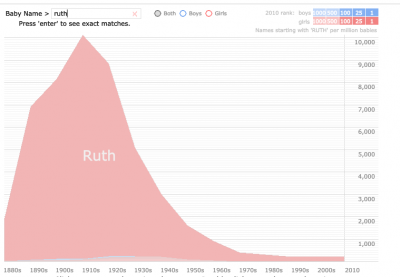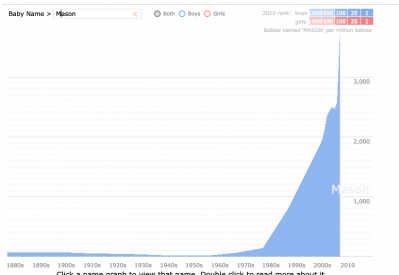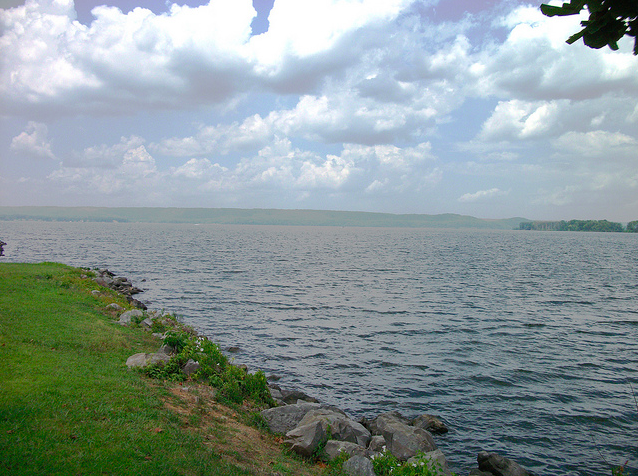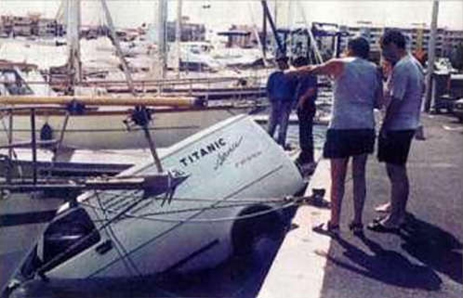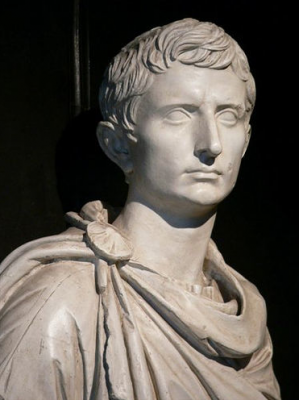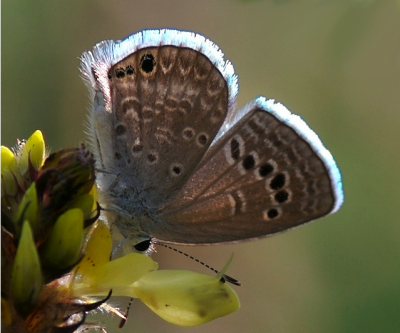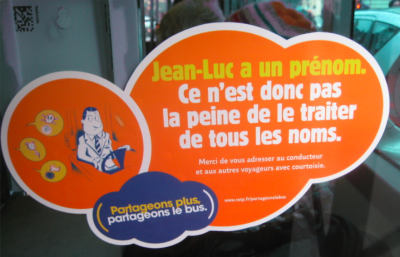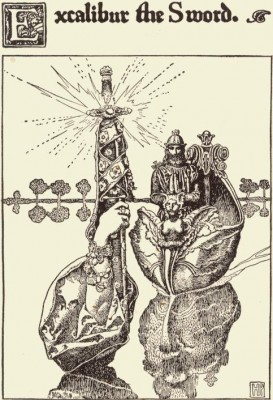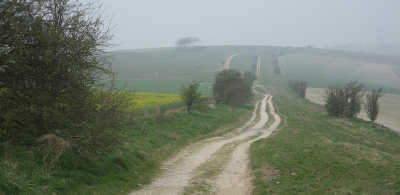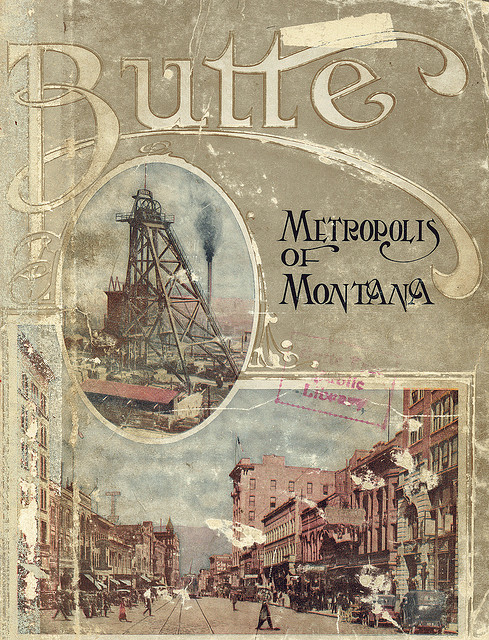
From Introduction to Butte, the Bizarre
p 1-2
Butte boasts of suburbs called Nanny Goat Hill, Hungry Hill, Seldom Seen, Dogtown, Chicken Flats and Butchertown….Her saloons have been named The Alley Cat, Bucket of Blood, The Water Hole, Frozen Inn, Big Stope, The Cesspool, Collar and Elbow, Open-All-Night, Graveyard, The Good Old Summer Time, Pick and Shovel, The Beer Can, Saturday Night, and Pay Day.
And not only the saloons had unusual names. Skip Chute, Tipperary Mary, Colleen Bawn, Mag the Rag, Hayride, The Race Horse, Take-Five Annie, Ellen the Elephant, Kitty of Kildare, Finlander Fannie, and Little Egypt were the nicknames of hard-working waitresses at early day miners’ boarding houses….
p 3-4
It was also in Butte that a Jewish expressman, Sam Gordon, named his horse “Jesus Christ” — and did a thriving business….
Rimmer O’Neill and Sean-Soul Sullivan once did the hirin’ and firin’ at the Anaconda, while Mickey Carrol ruled the north side of the hill; …twenty-seven varieties of free lunch were supervised by Pig Nose Gaffney….In a good old-fashioned free-for-all Stuttering Alex McLean and Watermelon Burns were names to contend with. Mrs. Fitzpatrick ran the “Hog Ranch,” and the Centerville Marshall was known as “The Limb of the Law.”
Such a place was Butte, where “Colonel” Buckets, a camp roustabout, and United States Senator W.A. Clark, the copper millionaire, might often be seen walking through the streets arm in arm. Where Leu was mayor of Chinatown and never failed to become thoroughly drunk on Chinese New Year’s and St. Patrick’s Day….Where Fat Jack, the hack driver, Ike Hayes, a colored heavyweight, Jimmy July, naturalized Chinese, and Paddy the Pig, a boarding-house keeper, might be seen sitting in the same poker game.
p 5-6
A person named “Mike” might be an Irish or Serbian miner, a Greek bootblack, an Afghan tamale peddler, a Turkish coffee-house keeper, a waiter at a Chinese chop-suey joint, a “Cousin Jack” newsboy, an Austrian smelterman, a French-Canadian wood chopper, an Egyptian barber, a Polish bartender, a Syrian rug vendor, a Jewish pawnbroker or a Spanish-born resident of Crib 19, Pleasant Alley….
The notables rubbed shoulders with the street characters known as Shoestring Annie, Chicken Liz, Nigger Riley, Crazy Mary, Lutey the Box Thief, Filthy MacNabb, Lousy Pete, Crying George Rooney, The Irish Gentleman, and a score of others.
Yes, this was the “Shamrock City“…. Here the name Sullivan even today leads all others in the city directory.
p 11
Mohammed Akara, a rug peddler, had his name changed in court to Mohammed Murphy– “for business reasons.”
—From Copper Camp: The Lusty Story of Butte, Montana, the Richest Hill on Earth, by the Writers Project of Montana, 1943
